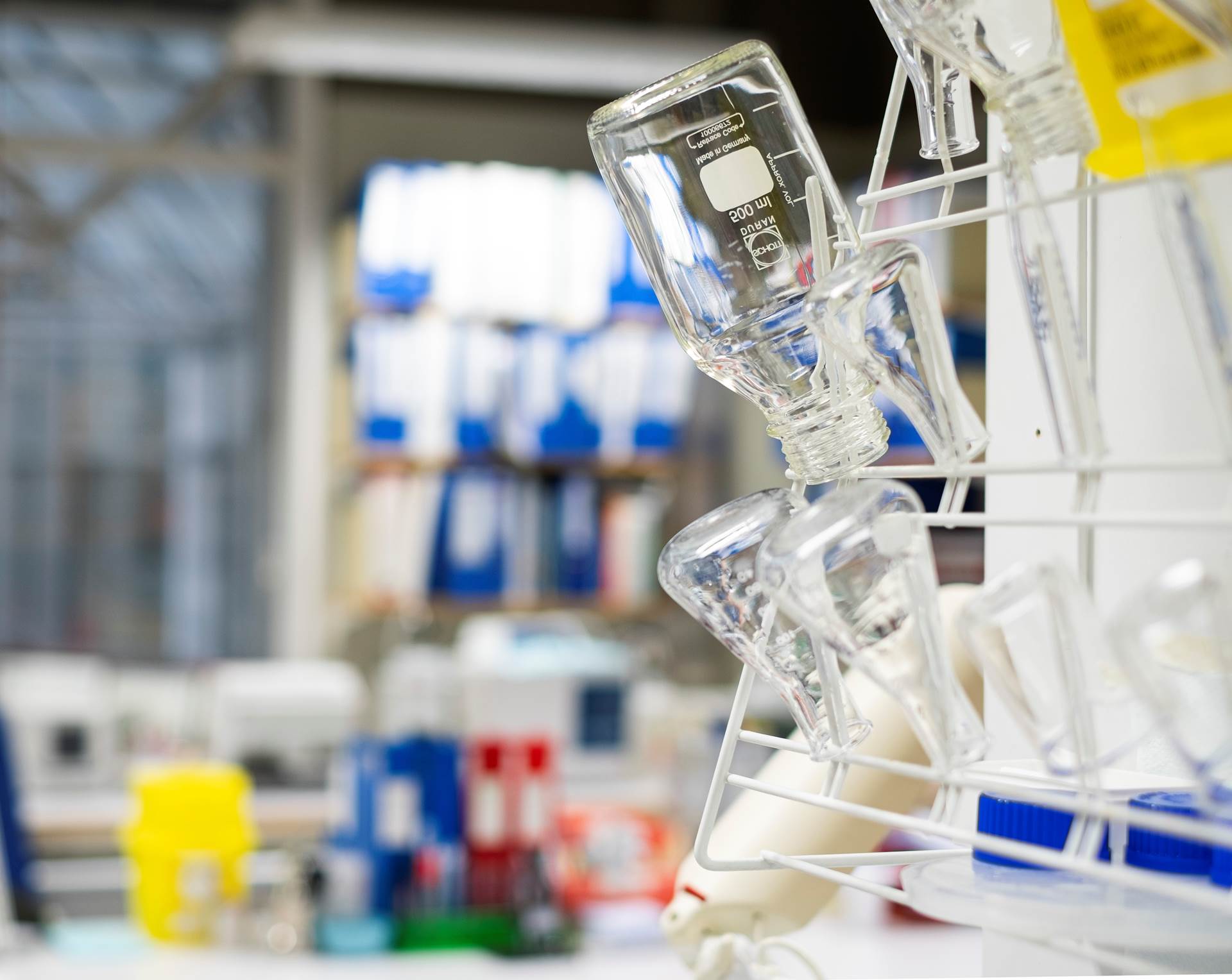Covid-19 epidemic receding in Iceland - 295 new infections in the past seven days and 363 recoveries
Iceland's Chief Epidemiologists said in yesterday's press briefing that the data suggests that the outbreak of Covid-19 in Iceland is showing clear signs of deceleration. He advises that the apparent success is precarious, and minor setbacks can change the outlook dramatically. "We anticipate being able to slowly ease the social distancing measure we have put in place, but we will have to continue to exercise extreme caution in the foreseeable future in order to minimize the risk of a renewed outbreak,“ says Mr Thorolfur Gudnason, Chief Epidemiologist.
Furthermore, it is assumed that despite the peak in active infections having been reached, it is likely that we are still a few days from the peak in hospitalizations. "Our healthcare workers and hospitals have shown admirable foresight and perseverance in the fight against Covid-19. We are now bracing ourselves for the period of peak intensity in terms of the need for intensive care possible and ventilator support," says Alma Möller, Iceland's Surgeon General.
Iceland's strategy has been based on:
- social distancing measures, focused on vulnerable populations first and then society at-large,
- a very high level of testing, in collaboration with deCode Genetics,
- diligent tracing efforts of each known infection
- a policy of self-quarantining for individuals considered at-risk of having been infected
- innovative treatment and monitoring options with an emphasis on remote care.
It needs to be emphasized that the situation in Iceland is unusual in many ways. The population is small, cohesive and mostly homogenous. "We are an island with one major point of entry from abroad. Many other peculiarities make Iceland’s position different from most other nations. That being said, we have a very sincere hope that our efforts, both in terms of policy and data generation will prove to be valuable for academics and policy makers in the future. The world is all in this together and it is vital that every country draws learnings both internally and externally to improve our readiness for any similar events in the future, or the continuation of this event in the upcoming months and years," says Thorolfur Gudnason, Chief Epidemiologist.
High number of tests
The number of infections detected in Iceland so far is 1 616. This is a very high number of infections in relation to its small population (4 489 on a per million basis). This high number is largely attributable to the fact that significantly more testing has been done in Iceland than in any other country (except for the Faroe Islands). On a per million basis the total number of tests performed is over 85 thousand (the corresponding number for Germany is approximately 11 thousand and 9 500 for South Korea).
The testing in Iceland has been done on two different cohorts.
On the one hand by the National University Hospital of Iceland. These tests (12 777) have been mostly on individuals who were symptomatic or were likely to have contracted the virus due to proximity to infected individuals or other reasons. A total of 11 303 of those samples have been negative and 1 474 have been positive. In recent days, the percentage of positive tests in this cohort has dropped markedly.
On the other hand, a total of 18 170 tests have been performed by deCode Genetics on the general population, mostly individuals who had not been ordered to quarantine and were generally asymptomatic or showed mild cold- or flu-like symptoms. Out of these tests 18 028 have been negative and 142 have been positive. In the past two days, a total of 2 161 samples taken among the general population have yielded 2 positives (0,09%).
Focus on protecting vulnerable groups
Six individuals with Covid-19 infections have died in Iceland during the outbreak. So far, a low number of infections among the elderly population has contributed to a low fatality rate. Out of the 977 infections that are active, 54 are in individuals over the age of 70 (5,2%), the group considered to be the most at-risk of serious outcomes.
Effective efforts to minimize infection risks at hospitals and nursing homes have proven to be instrumental in limiting the damage caused by the outbreak so far.
Effective tracing and quarantining
More than half (53%) of cases identified are individuals who had already been directed to self-quarantined. This gives an indication of the success of the tracing and quarantining effort so far. A specialized team of tracers has been able to successfully trace more than 92% of cases.
Last week, a newly developed app was released for smartphones. As of midnight 7 April, over 120 thousand people had downloaded the app. The app stores locally on the user's device location data. In case an individual becomes infected the data can be shared with the authorities. The decision to share the data is discretionary for each user and the decision to download the app is voluntary. While the app is a very recent addition to the tracing efforts, it is expected to make the work of the tracing team easier in the future.
Emphasis on remote care
Throughout the epidemic a focus has been placed on remote care and consultation through phone and online chat. This has been a core part of our efforts to protect the hospitals and healthcare clinics from being overburdened, and it has also been an important part of our effort to limit infection risk.
An Icelandic digital therapeutics company, Sidekick Health, developed a platform to remotely monitor, assess and advise patients through its existing software. The platform is now used by the Icelandic healthcare system in conjunction with other remote-care solutions. "By increasing the effectiveness of remote care, we can help save lives, focus healthcare resources and minimize the risk of overburdening hospitals," says Tryggvi Thorgeirsson, MD and CEO of Sidekick Health.
For further information, please contact María Mjöll Jónsdóttir (mmj@mfa.is).


